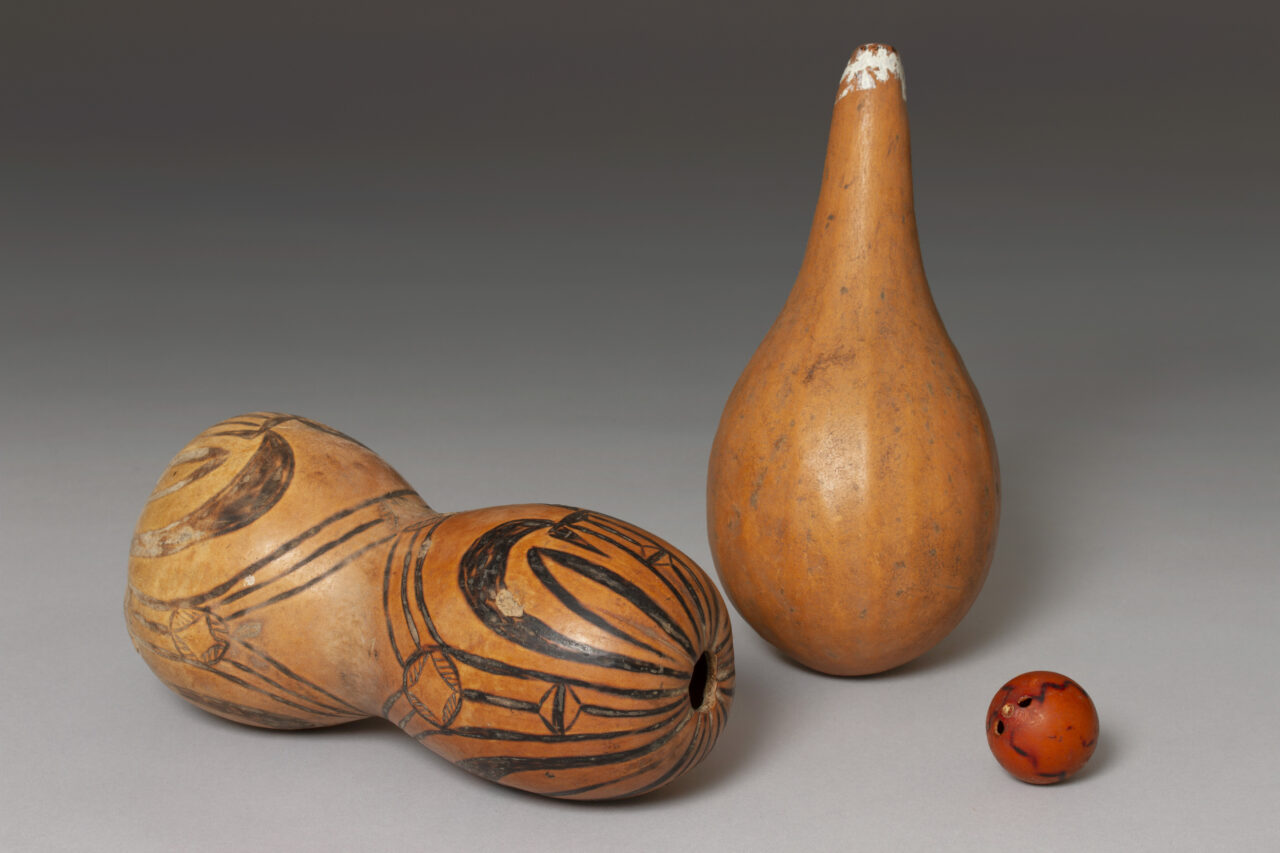
Article by Dr David Martin
Anthropologist, Anthropos
Wik carved and painted maany, imagesof totemic beings, are not only imbued with spiritual significance and power; they are also, as Sutton (1988) observes more generally of Aboriginal sculptures, political as well as religious statements, and objects of strategic as well as aesthetic importance. Indeed, conflict and competition are seen as an intrinsic aspect of the human condition, and flow from the same deep cultural wellsprings as creativity and aesthetics.
However, in these notes on the models created by Hans, I am not concerned so much with the internal politics and meanings of Wik art and sculpture as with their potential political place in challenging ongoing representations of Aurukun in public and bureaucratic discourse. Here, overwhelmingly, Aurukun is represented essentially in deficit terms, as lacking social order, capacity and vision, and as requiring a range of (government) interventions to address these deficits. There is no doubt that serious social disruption is part of the realities of all too many Aboriginal lives there. However, these features of Aurukun do not comprise the full extent of social reality, but one (albeit often dominant) component of it. Passion, humour, vitality, knowledge, abilities, creativity and aspirations are not only to be found in mainstream and ‘functional’ Australia, but also within ‘dysfunctional’ Aboriginal communities. These features coexist, a fact which is not understood or is ignored by both the problem deflaters and those who would characterise Aboriginal Australia solely in terms of its inherent dysfunction. And, crucially, it is precisely such attributes as passion, creativity and knowledge which have to be built on in any process of sustainable change.

Hans Welsh Poonkamelya
Toy Helicopter (1987)
Aurukun, Arnhem Land, Australia
Wire, tin, batteries, 32.0 x 12.0 x 8.0 cm
SoAA Art and Object Collection
SOAA 2021.00207
Thus, in their continuing creation of works of art and crafts, whether directly for sale in the market, or for use in ceremonies and then ultimately for other purposes such as exchange or sale, Aurukun people are demonstrating that, within a community which now has a national image as one of the most dysfunctional in the country, there is also a reservoir of aesthetic sensibilities, talent, creativity and innovation. Such attributes can flourish, given support (like that provided by the Wik and Kugu Art and Cultural Centre in Aurukun), even in the most difficult of circumstances. Here, the clever and delightful helicopter and plane models by Hans Welsh Poonkamelya, a teenager when he made them in 1987, are innovative and differ from the carvings of totemic beings. They draw on acutely keen observation of technology used in the Aurukun region during that period for mining exploration, cattle mustering and outstation logistic support. They are constructed from discarded building and consumer materials found around the Aurukun rubbish dump, and are entirely secular, with no direct reference to country, to the transcendent realm, or to clan or ritual group affiliations. The models then exemplify an arena of interest and meaning to younger generations of Wik people which has its origins firmly in the dominant western society, but which coexists with those arenas of a more specifically Wik origin.
The sculptures and crafts produced by Aurukun people cannot of themselves produce the economic independence and social transformation for Aurukun that the policymakers seek, nor (given the matrix of obligations to kin in which Wik artists are embedded) can they necessarily produce economic independence for the individual artists. But they do point a way to an alternative model of social and cultural transformation, one which builds on people’s creativity, skills and passions to generate change, rather than imposing it from outside.
Sutton, P (ed) 1988, Dreamings: the Art of Aboriginal Australia, Penguin Books Australia, Ringwood, pp. 22







